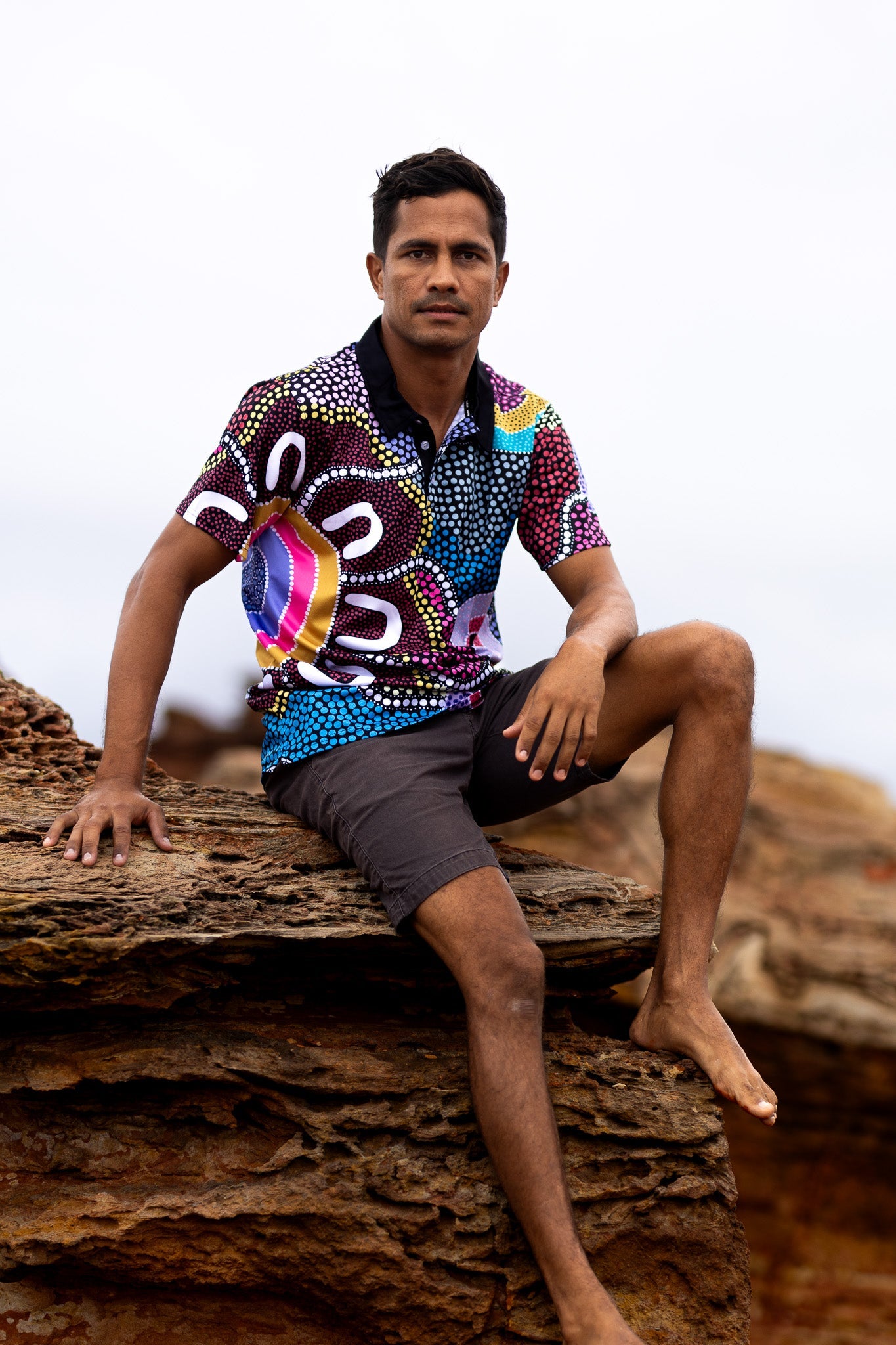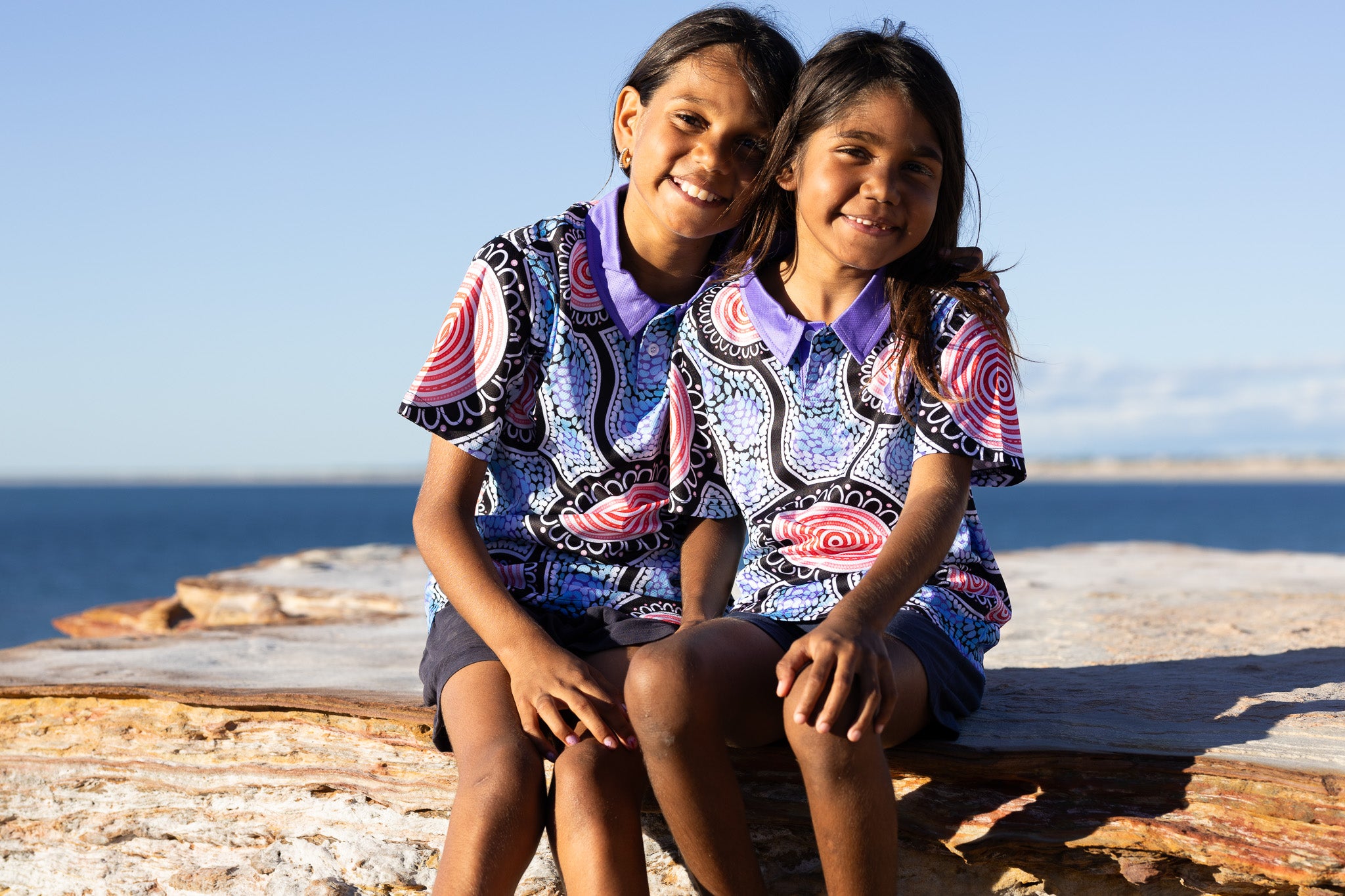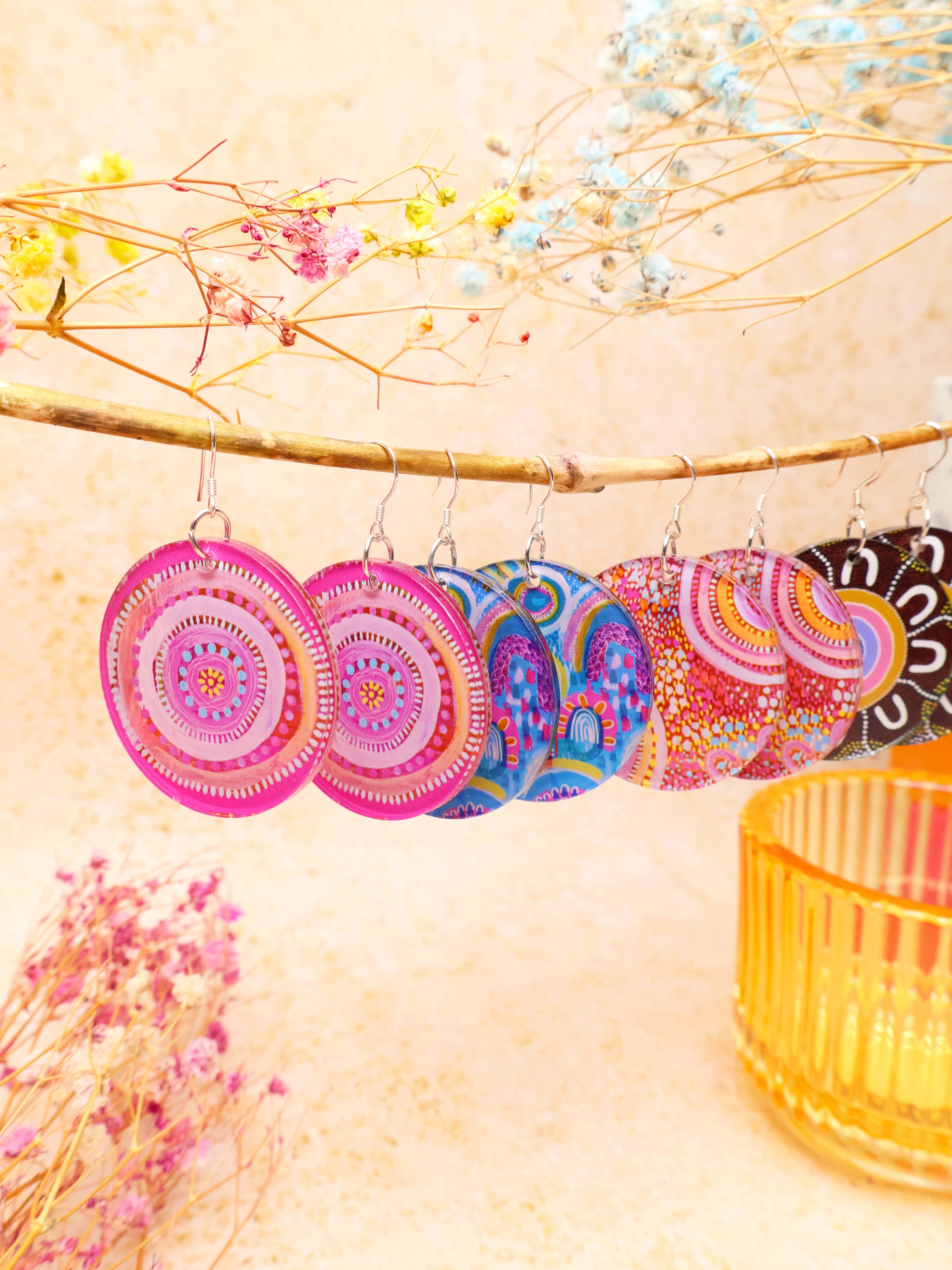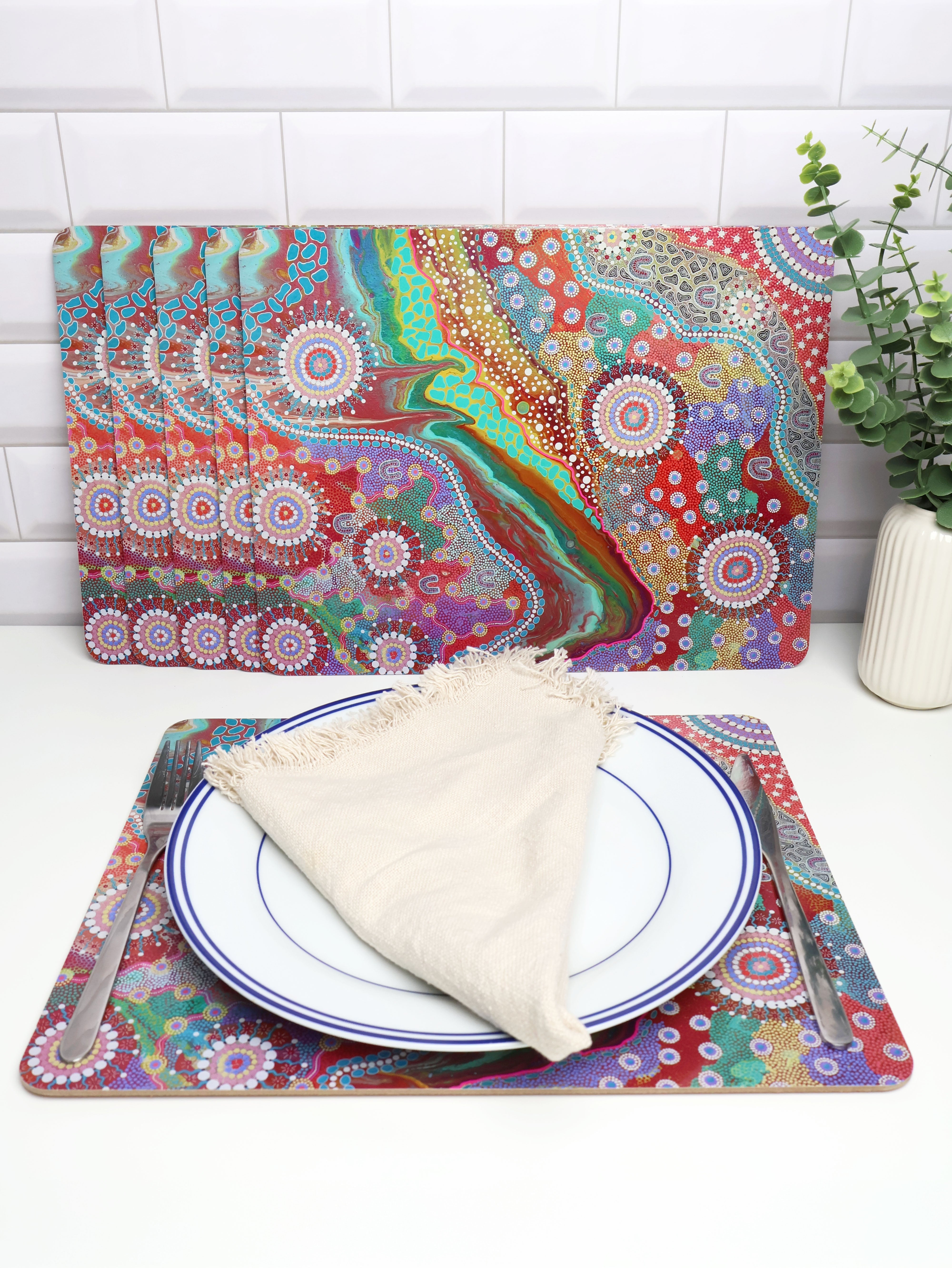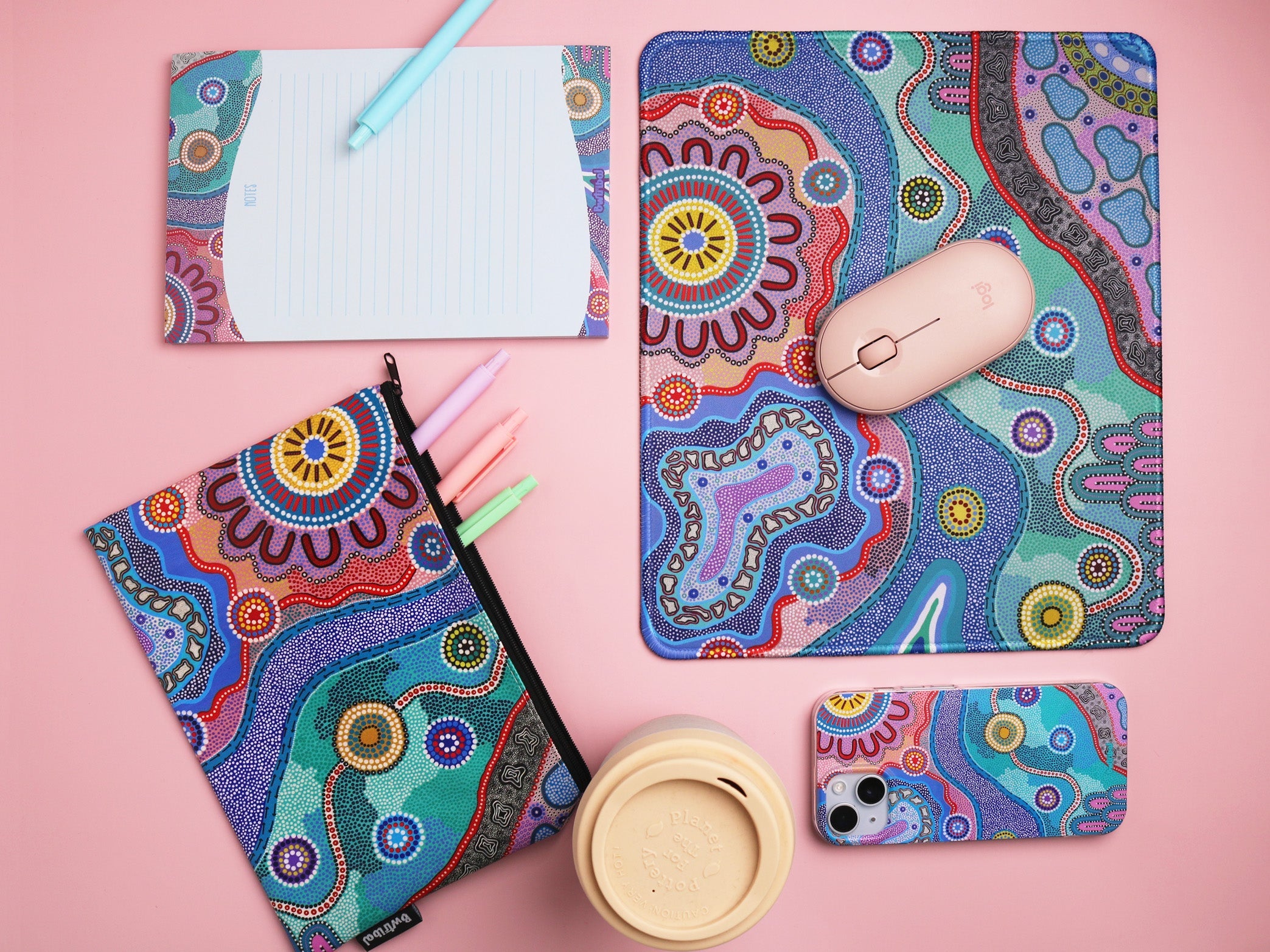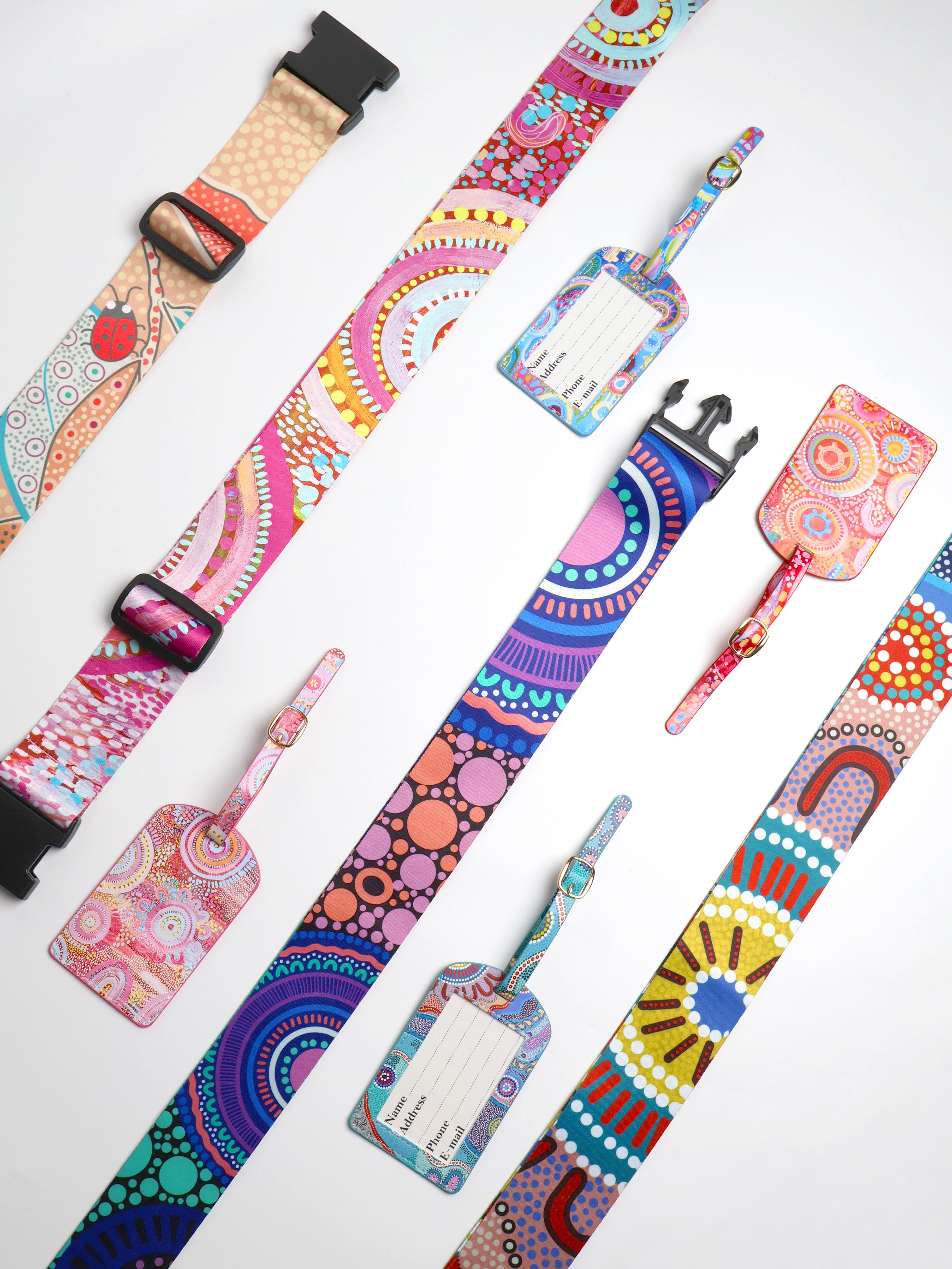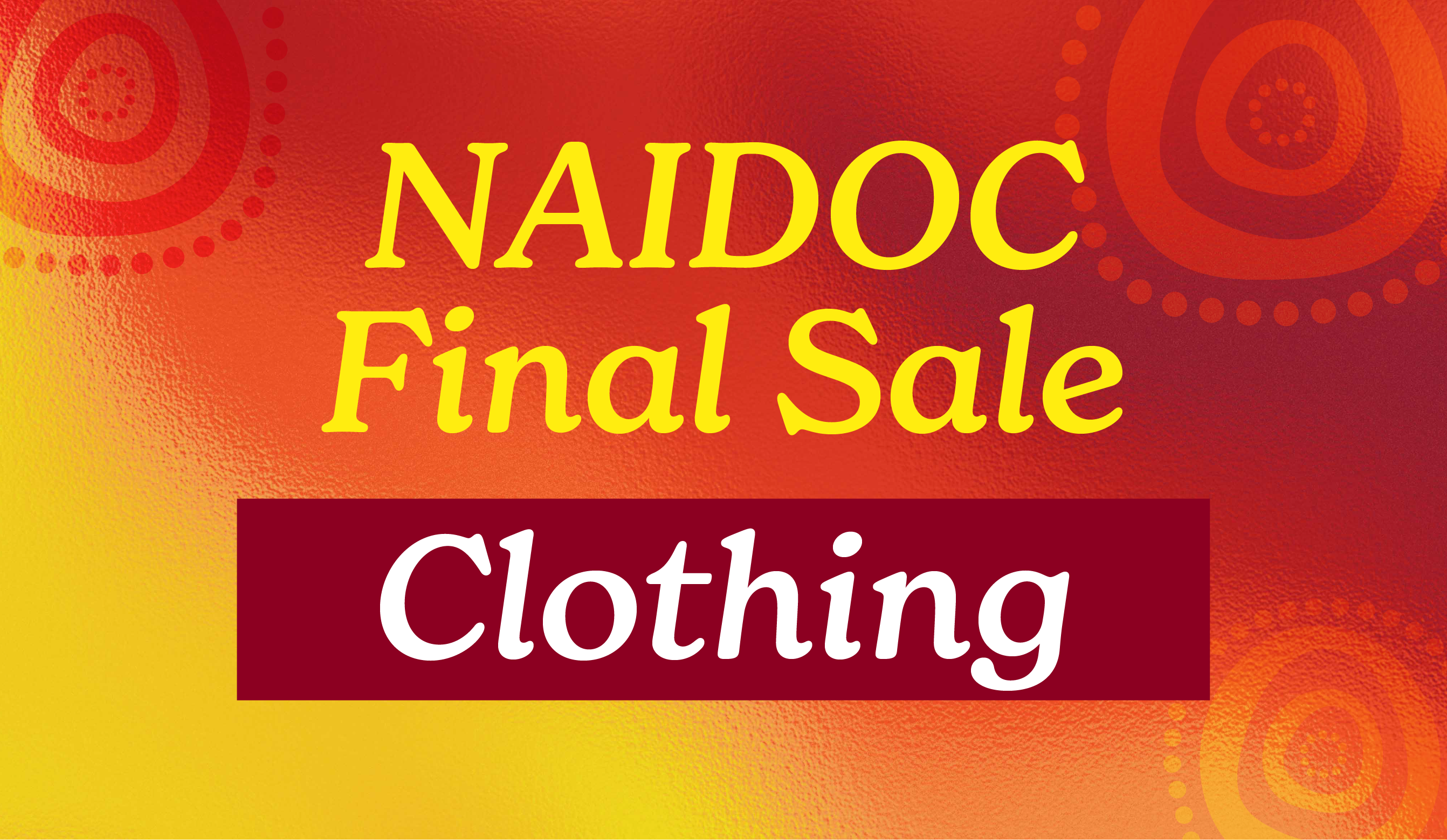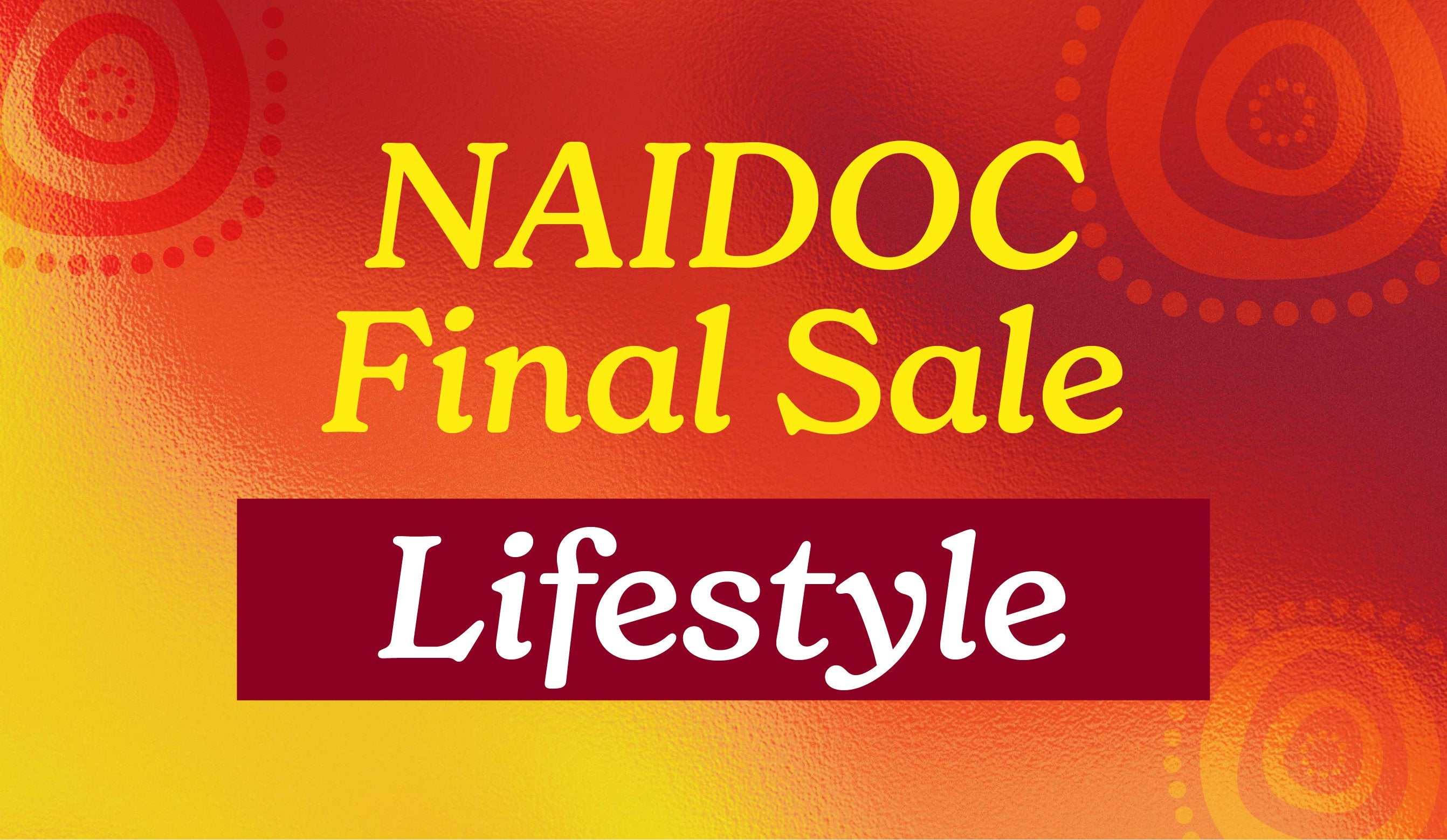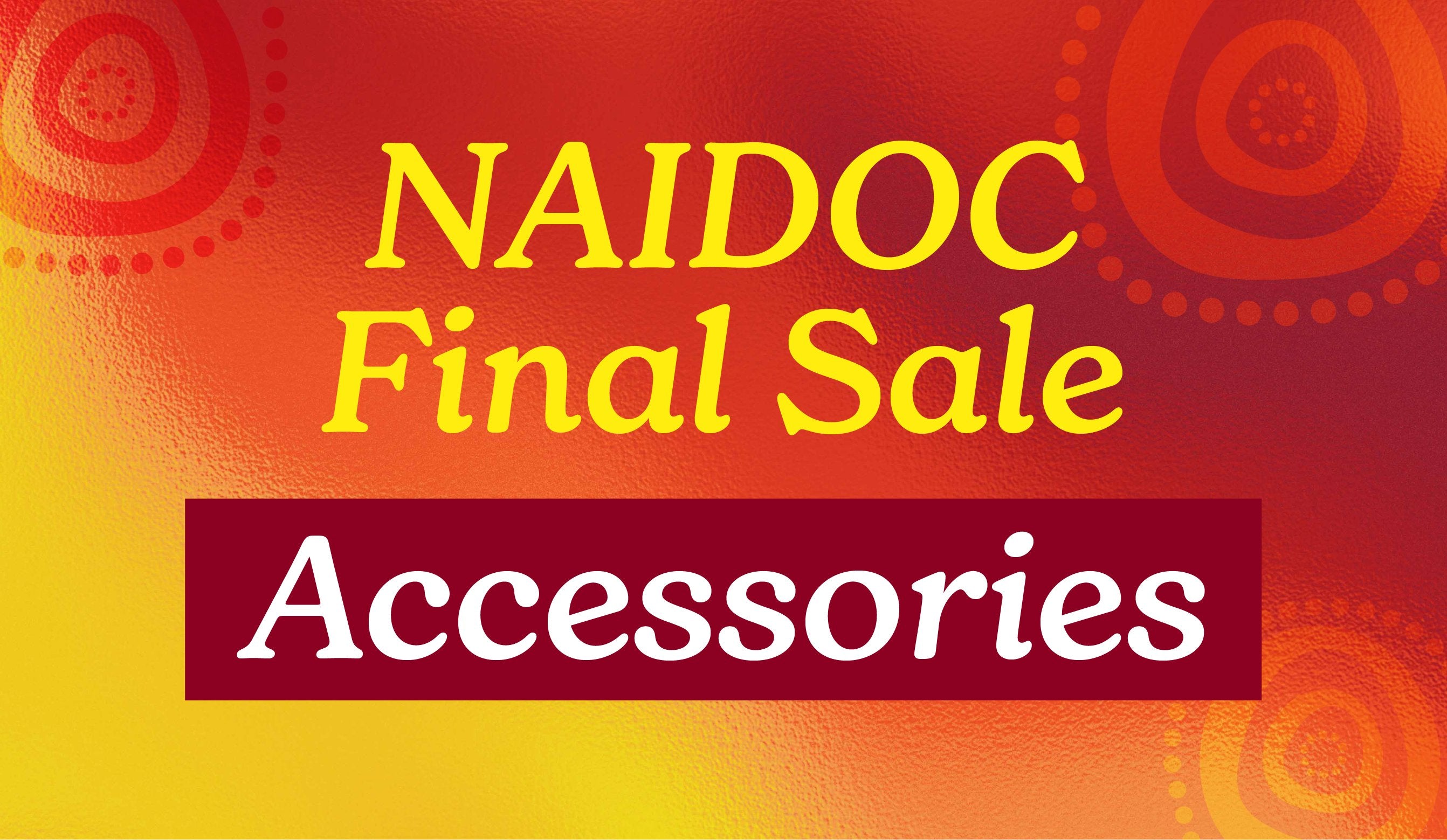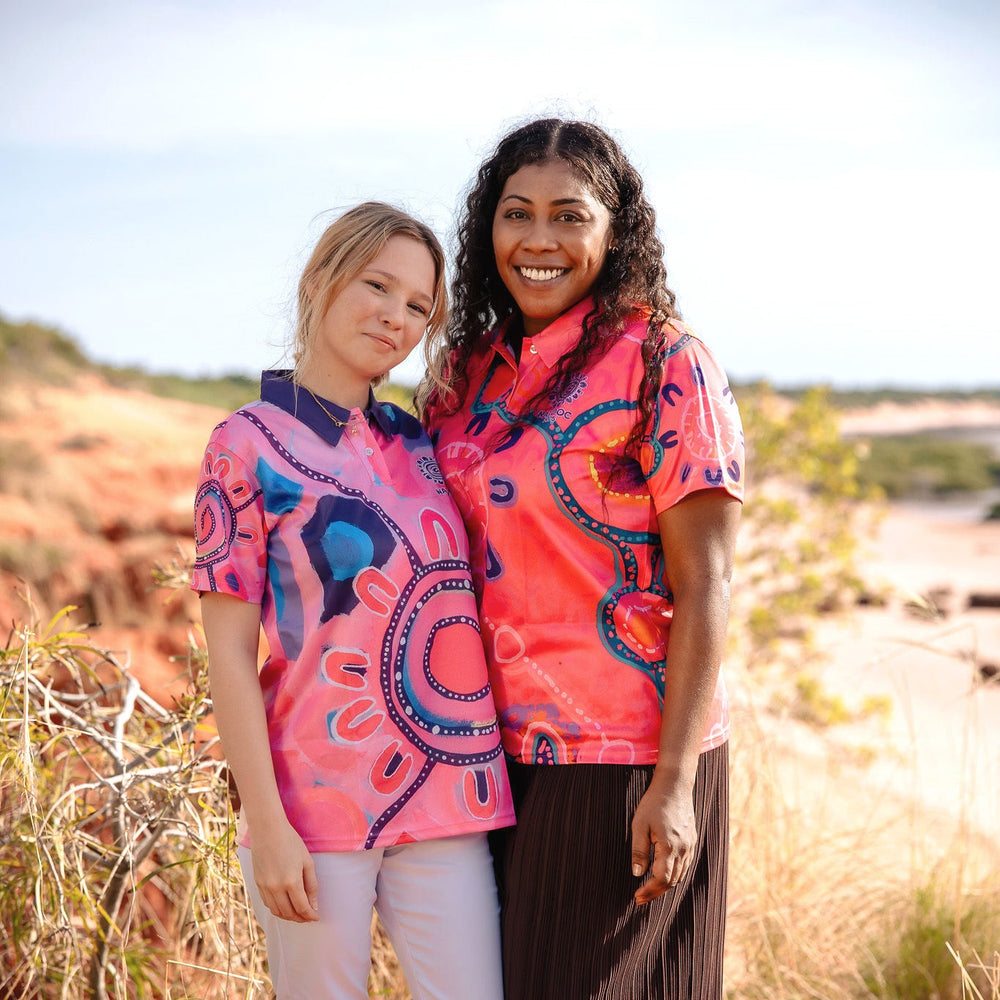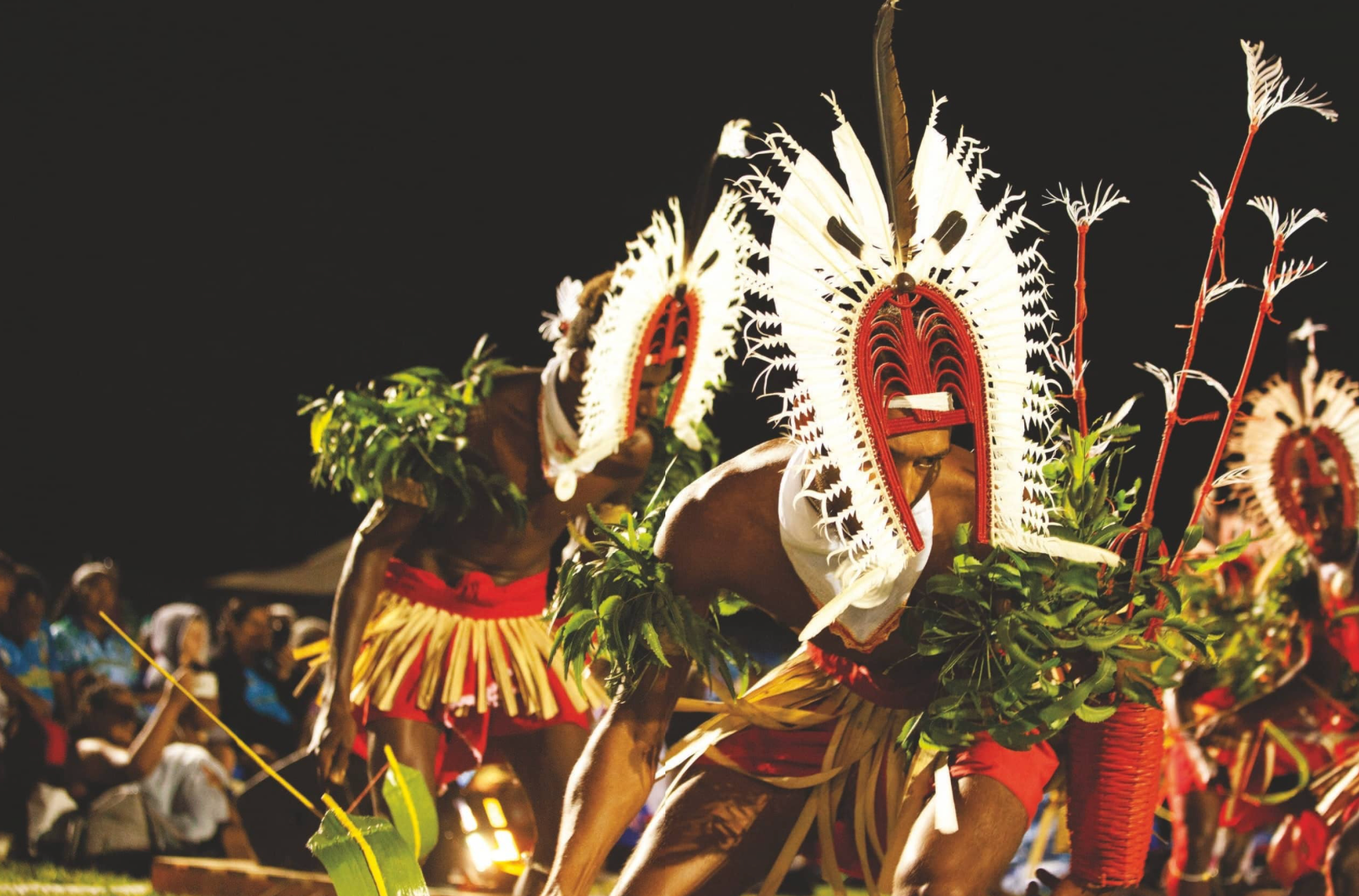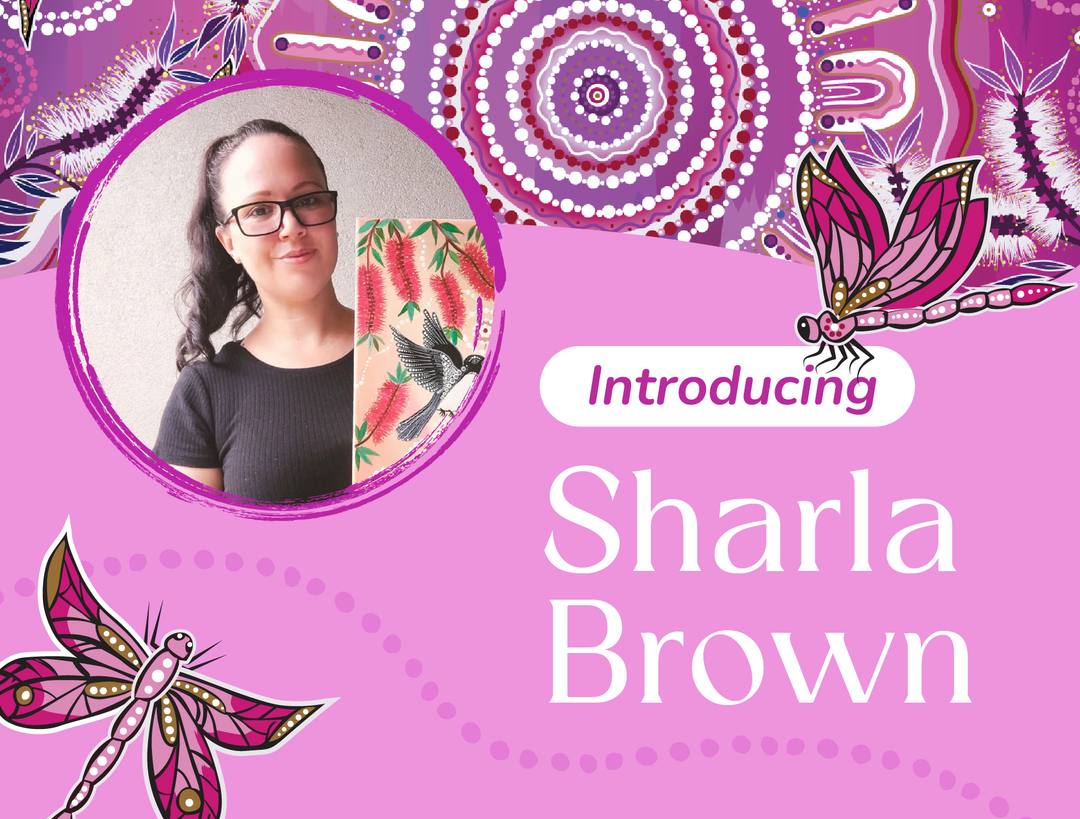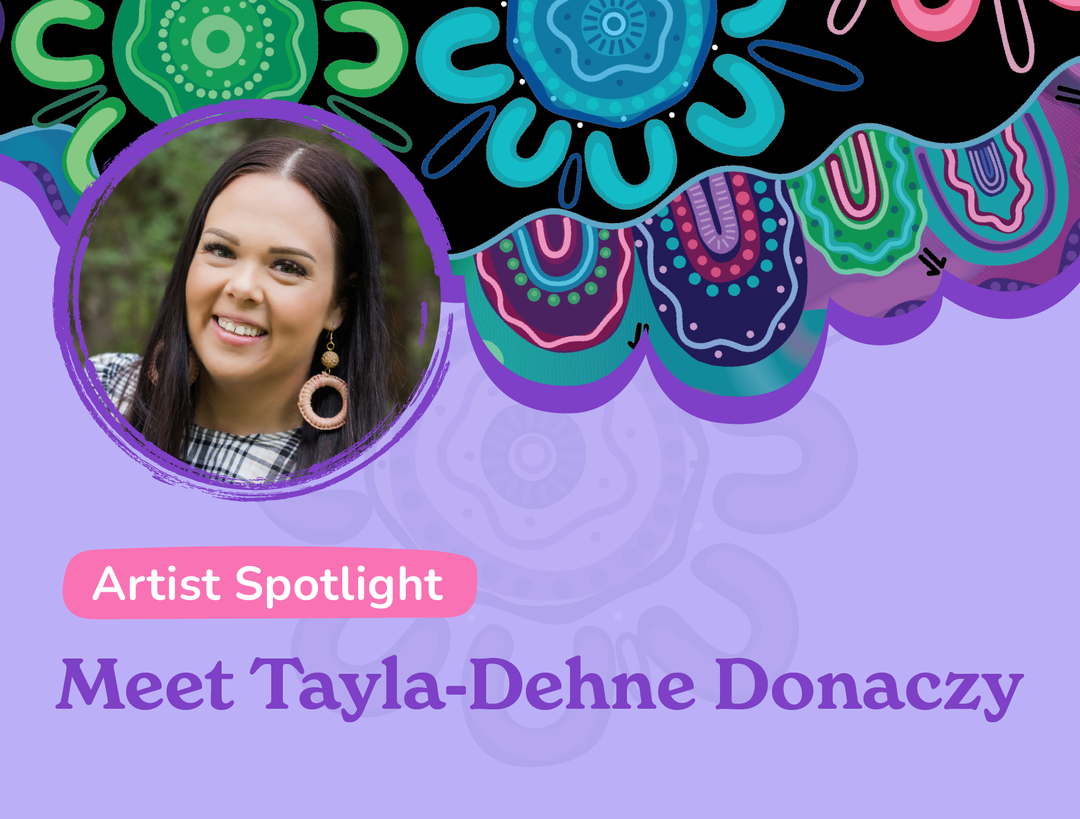The Torres Strait Islands, a group of at least 274 small islands located between northern Australia and Papua New Guinea, are a region of immense cultural diversity. The Torres Strait Islander people have a colourful and unique culture, distinct from the Aboriginal cultures of mainland Australia. This article delves into the fascinating aspects of Torres Strait Islander culture, exploring their traditions, languages, and way of life.
The People of the Torres Strait Islands
The Torres Strait Islanders are of Melanesian origin. They are traditionally a seafaring nation, with a culture deeply connected to the sea, sky, and land. The population of the Torres Strait Islands is diverse, with many living on the mainland of Australia, particularly in northern Queensland towns like Seisia and Bamaga on Cape York Peninsula.
The Torres Strait is divided into five major island clusters:
- Top Western Group (Boigu, Dauan and Saibai),
- Near Western Group (Badu, Mabuiag and Moa),
- Central Group (Yam, Warraber, Coconut and Masig),
- Eastern Group (Murray, Darnley and Stephen);
- Inner Island Group (Thursday, Horn, Hammond, Prince of Wales and Friday).
 Island Stars dance troupe
Island Stars dance troupe
Languages and Communication
Language plays a crucial role in the Torres Strait Islander culture. There are two main language groups: Meriam Mir, mainly spoken on the Eastern Islands, and Kala Lagaw Ya, spoken on the Western, Central, and Inner Islands. Additionally, Torres Strait Creole, a mix of Standard Australian English and traditional languages, is widely spoken and used for trade and commerce.
Cultural Practices and Beliefs
The culture of the Torres Strait Islanders is rich in mythology and spirituality, closely linked to the stars and the stories of Tagai, a great fisherman and spirit being. The Tagai stories shape their laws, customs, and practices. The Islanders have a deep knowledge of the stars and sea, which guides them in understanding seasonal changes and navigation.
Courtesy of The Courier Mail
The Torres Strait Islander Flag
The Torres Strait Islander flag is a symbol of unity and identity. It features a white Dhari (head dress), a symbol of the Islanders, and a white five-pointed star representing peace, the five major island groups, and the navigational importance of stars.
Art and Expression
Art is a significant aspect of Torres Strait Islander culture, with a strong tradition in sculpture, printmaking, and mask-making. Traditional art forms often feature turtles, fish, dugongs, sharks, and seabirds, which are considered totemic beings. The Islanders are the only culture in the world to make turtleshell masks, a unique art form. More contemporary art forms include include jewellery making and intricate 'dance machines'
Coral necklace by Grace Lillian lee
Connection with the Land and Sea
The Torres Strait Islands are home to diverse marine ecosystems, and the Islanders have a close connection with their environment. They rely on fishing, hunting, and cultivating private gardens for sustenance. The islands' geography influences their way of life, with each island group having distinct survival means based on its location and features.
The Impact of Colonisation
The arrival of European colonisers brought significant changes to the Torres Strait Islands. Christianity, introduced by missionaries, merged with Islander culture, leading to new cultural practices. The pearling industry, which emerged in the 1870s, also had a profound impact on the society and economy of the Torres Strait Islands.
Prominent Figures in Torres Strait Islander Culture
Several individuals have made significant contributions to Torres Strait Islander culture and politics. These include Uncle Ken Thaiday Sr., known for his dance masks, and Uncle Eddie Koiki Mabo, who played a pivotal role in the legal recognition of land rights for the Miriam people.

Eddie Mabo with fellow plaintiffs outside a High Court
The Torres Strait Islands and its people offer a glimpse into a vibrant culture that is an integral part of Australia's heritage and heart. Their connection to the land, sea, and sky, their distinct languages, art forms, and cultural practices, all contribute to the diverse tapestry of Australian society. As we continue to explore and appreciate the Torres Strait Islander culture, we gain a deeper understanding of the importance of preserving and celebrating indigenous cultures worldwide.
Sources:
Deadly Story. "Torres Strait Islander people." https://deadlystory.com/page/culture/articles/World_s_Indigenous_Peoples_Day/Torres_Strait_Islander_people.
Encyclopedia Britannica. "Torres Strait Islander peoples" |https://www.britannica.com/topic/Torres-Strait-Islander-people.
Wikipedia. "Torres Strait Islanders." Last modified December 12, 2023. https://en.wikipedia.org/wiki/Torres_Strait_Islanders.
Torres Strait Regional Authority. "About the Torres Strait." http://www.tsra.gov.au/the-torres-strait.
State Library of Queensland. "Torres Strait Islander Culture and Stories."
https://www.slq.qld.gov.au/discover/aboriginal-and-torres-strait-islander-cultures-and-stories.






